There are many rare animals that most people have never heard of. These unique creatures come from all corners of the globe. Each one has fascinating characteristics that set it apart. Discovering these animals opens up a whole new world of wildlife.
Saola (Pseudoryx nghetinhensis)
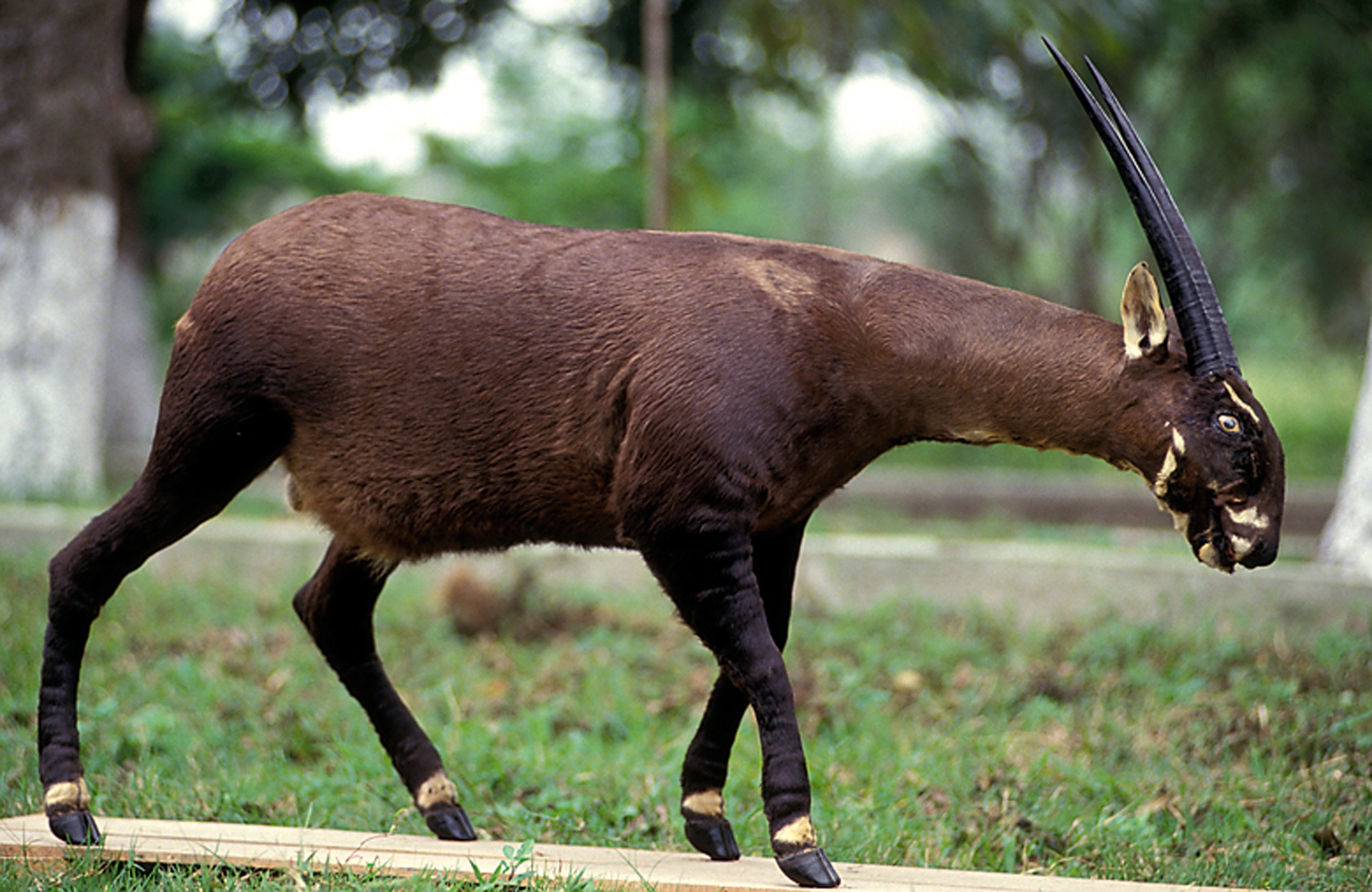
The Saola, also known as the “Asian unicorn,” is one of the world’s rarest large mammals. Discovered in Vietnam in 1992, this elusive species is rarely seen and is critically endangered. Estimates suggest fewer than 100 Saolas exist in the wild. Their rarity is due to habitat loss and poaching.
Vaquita (Phocoena sinus)
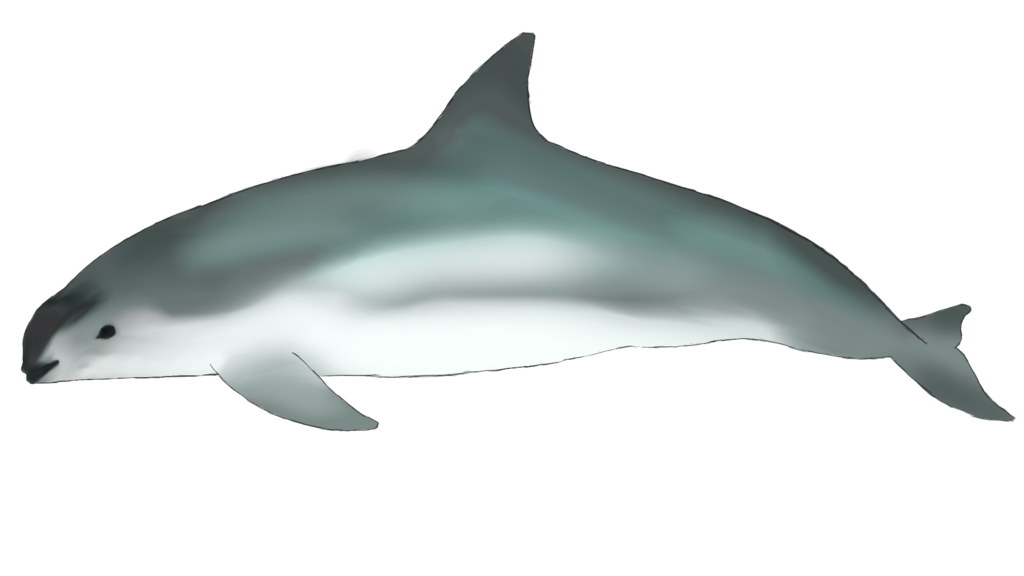
The Vaquita is the world’s rarest marine mammal, found only in the northern part of the Gulf of California. With fewer than 10 individuals remaining, the species is on the brink of extinction. Illegal fishing and bycatch are the primary threats to their survival. Conservation efforts are ongoing but face significant challenges.
Javan Rhino (Rhinoceros sondaicus)
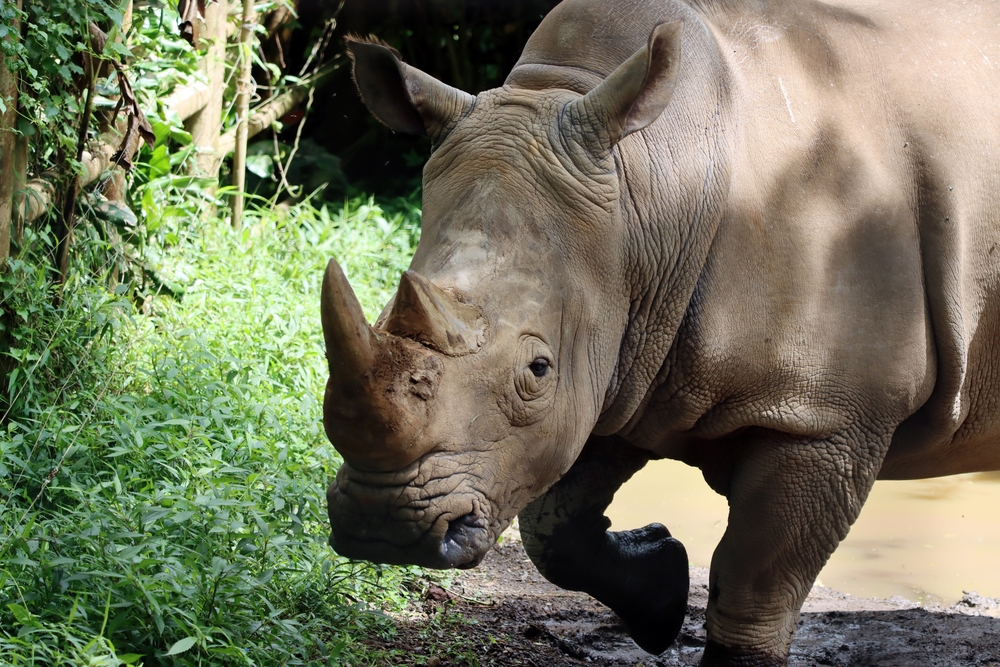
The Javan Rhino is one of the rarest rhino species, with only around 72 individuals left. These rhinos are found exclusively in Ujung Kulon National Park in Indonesia. Habitat destruction and poaching have drastically reduced their numbers. Efforts to protect their habitat are crucial for their survival.
Amur Leopard (Panthera pardus orientalis)
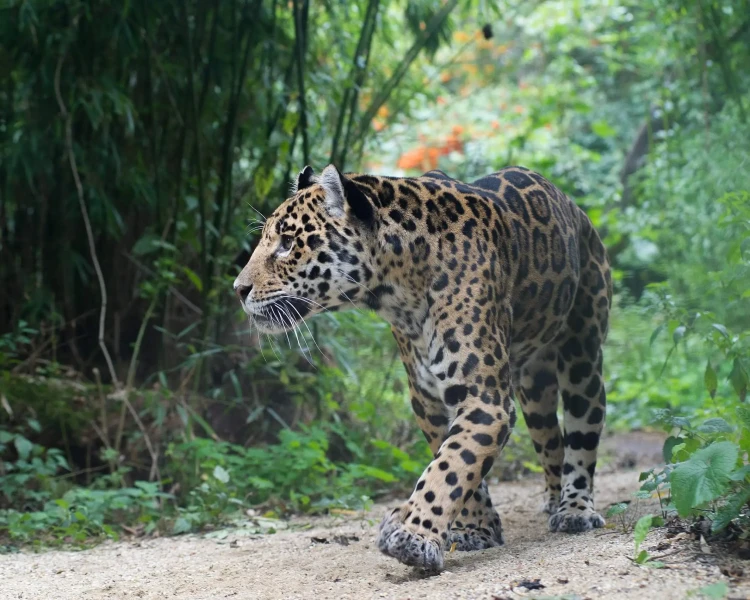
The Amur Leopard is the rarest big cat, with an estimated 84 individuals in the wild. These leopards live in the temperate forests of the Russian Far East. Habitat loss and poaching for their beautiful fur have severely impacted their population. Conservation programs aim to increase their numbers and protect their habitat.
Sunda Tiger (Panthera tigris sondaica)
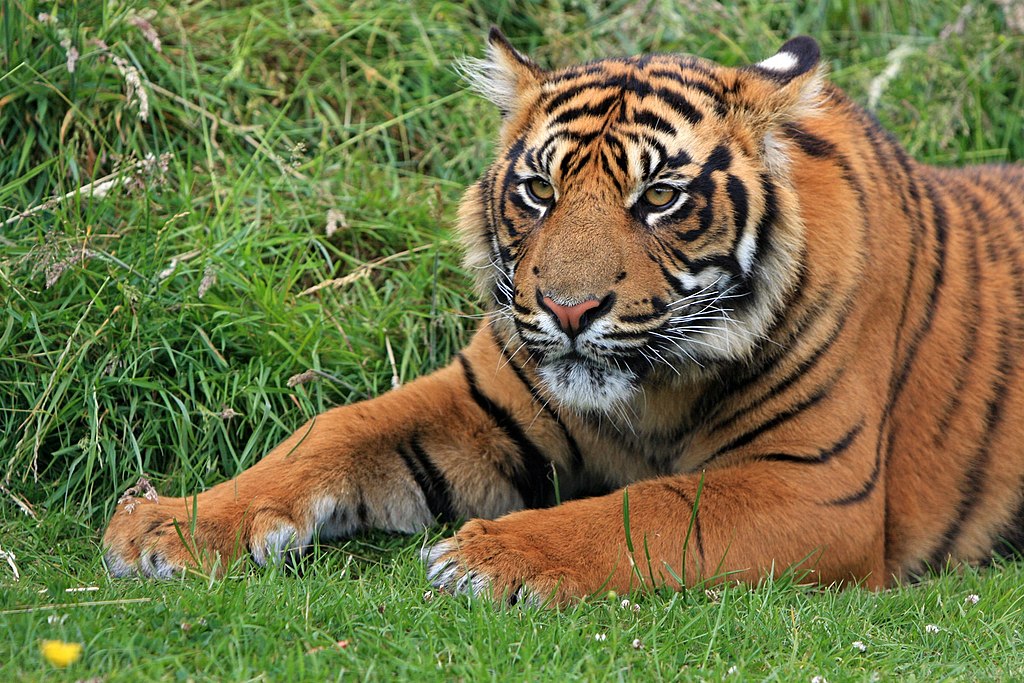
The Sunda Tiger, found only on the Indonesian island of Sumatra, is critically endangered. Fewer than 400 tigers are believed to remain in the wild. Deforestation and poaching are major threats to their existence. Conservation efforts focus on habitat preservation and anti-poaching measures.
Hainan Gibbon (Nomascus hainanus)
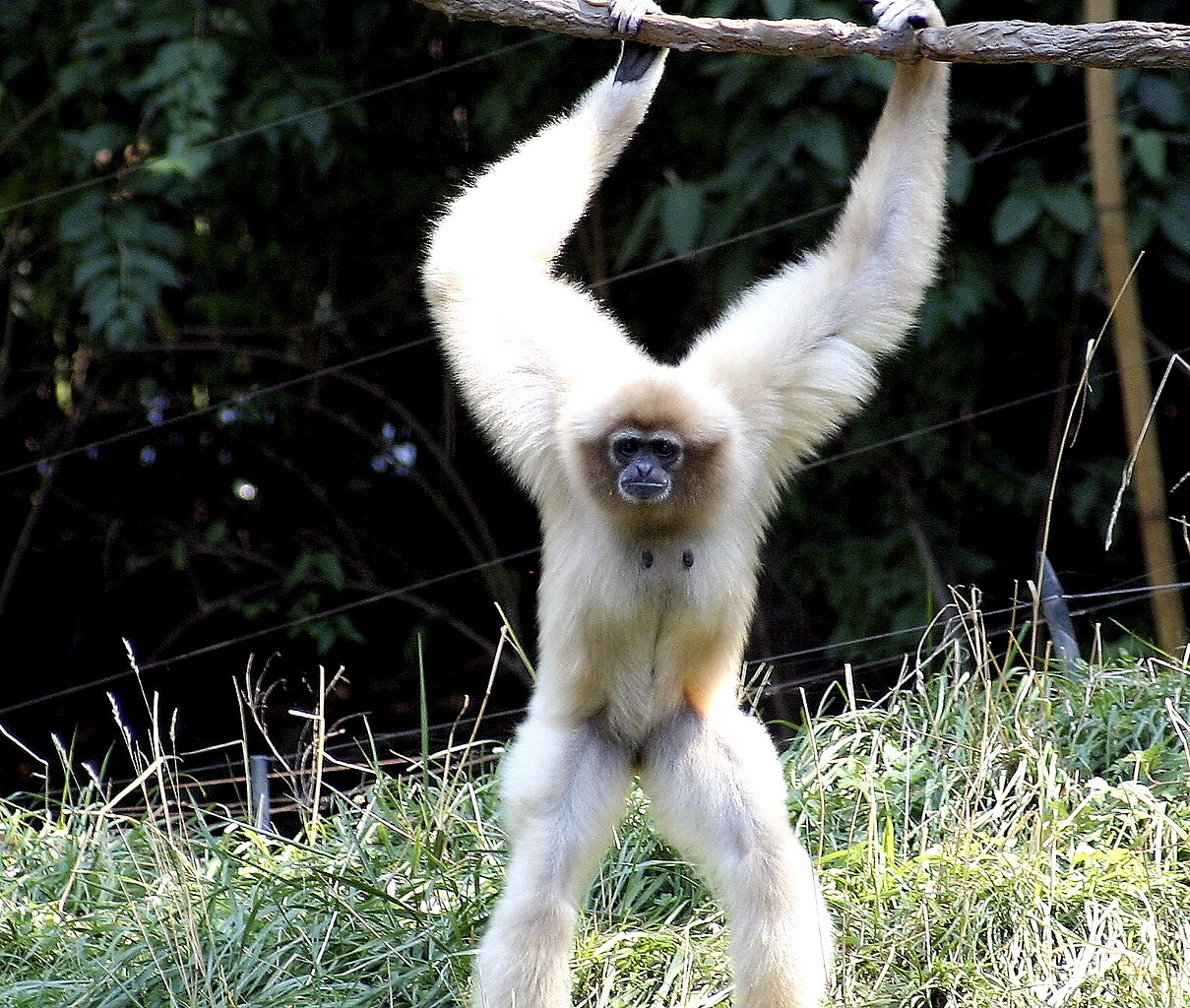
The Hainan Gibbon is the world’s rarest primate, with only about 30 individuals left. They are found in a small area of tropical rainforest on Hainan Island, China. Habitat loss and fragmentation have pushed them to the brink of extinction. Conservationists are working to protect and restore their habitat.
Northern Hairy-Nosed Wombat (Lasiorhinus krefftii)
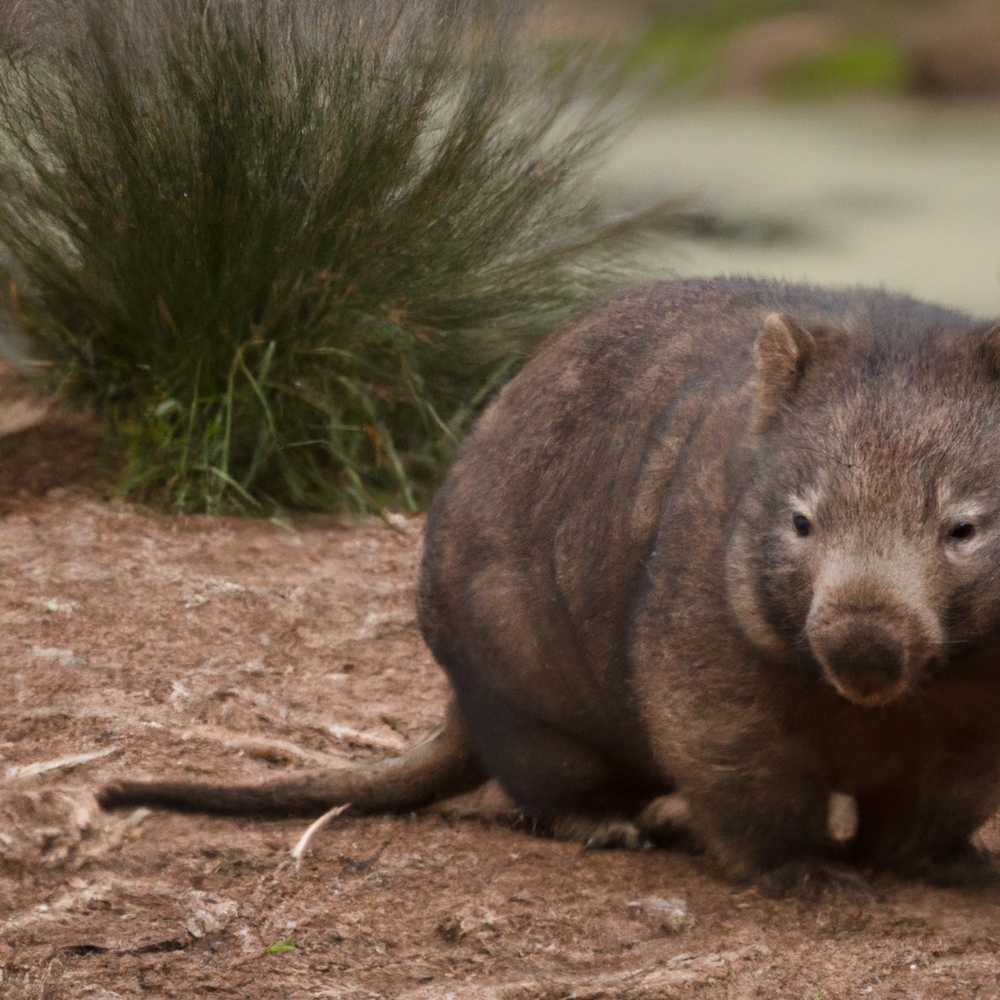
The Northern Hairy-Nosed Wombat is one of the world’s rarest marsupials, with about 315 individuals remaining. They are found in Epping Forest National Park in Queensland, Australia. Habitat loss and competition with livestock have endangered this species. Conservation efforts include habitat protection and breeding programs.
Axolotl (Ambystoma mexicanum)
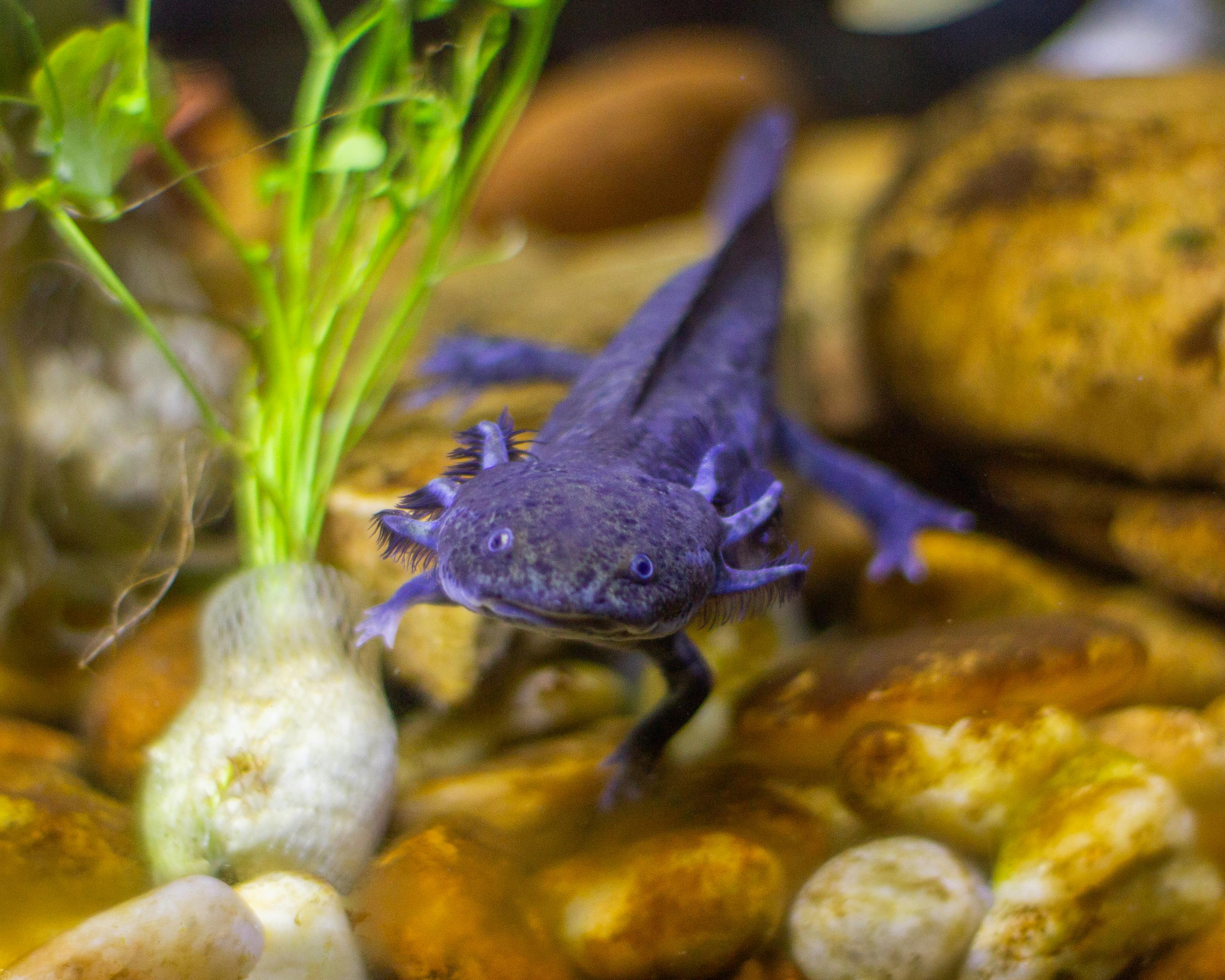
The Axolotl, also known as the Mexican walking fish, is critically endangered in the wild. Native to the lake complex of Xochimilco near Mexico City, their population has dwindled due to habitat loss and pollution. Estimates suggest fewer than 1,000 individuals remain in the wild. They are also popular in captivity for scientific research.
Pygmy Three-Toed Sloth (Bradypus pygmaeus)
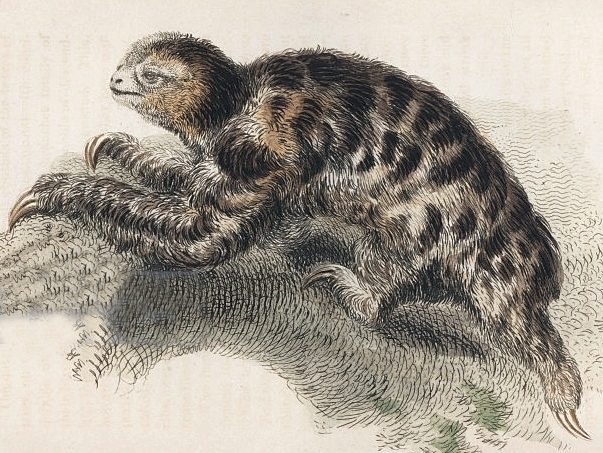
The Pygmy Three-Toed Sloth is found only on Isla Escudo de Veraguas in Panama. With fewer than 100 individuals, this small sloth is critically endangered. Habitat destruction and limited range contribute to their rarity. Conservation efforts focus on protecting their mangrove habitat.
Kakapo (Strigops habroptilus)
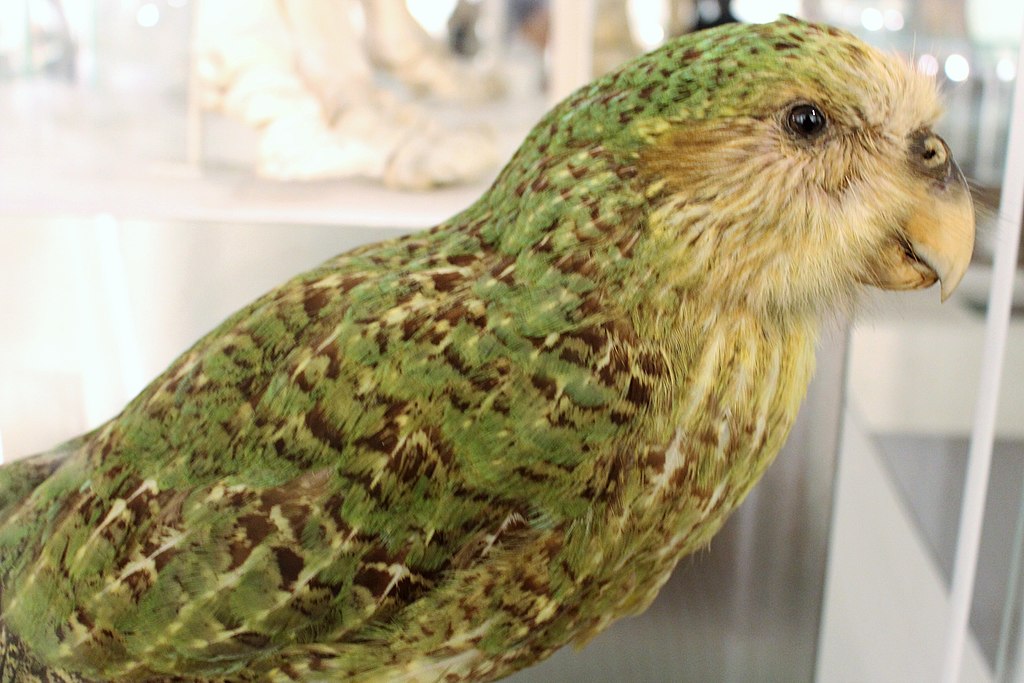
The Kakapo, or night parrot, is a flightless bird native to New Zealand. With around 250 individuals, it is critically endangered. Predation by introduced species and habitat destruction have decimated their population. Intensive conservation programs, including breeding and predator control, are helping to save the Kakapo.
Philippine Eagle (Pithecophaga jefferyi)
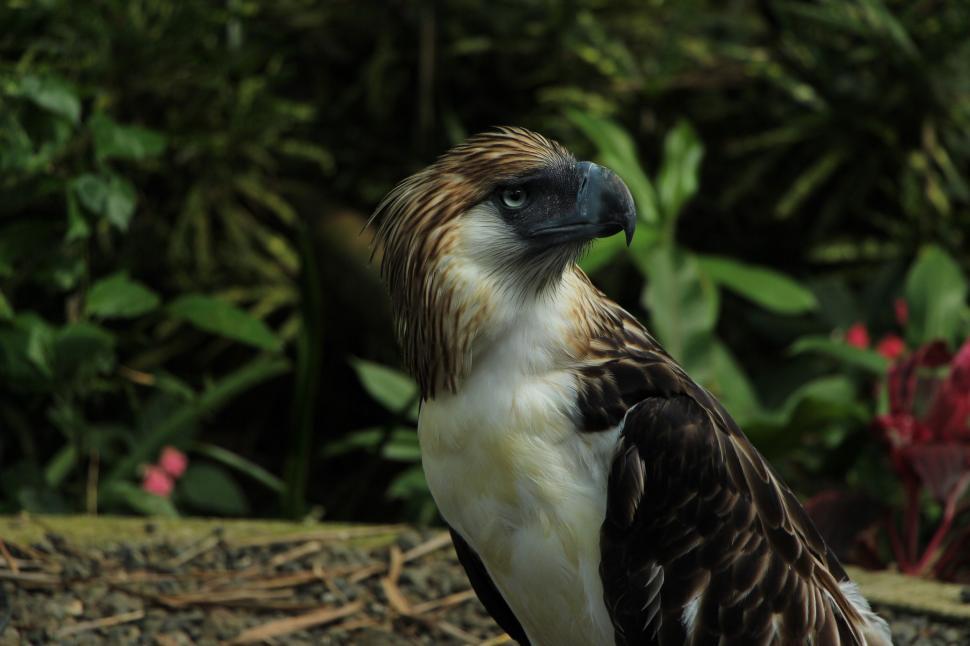
The Philippine Eagle is one of the world’s rarest and most powerful eagles, with fewer than 400 individuals remaining. Endemic to the Philippines, deforestation and hunting have significantly reduced their numbers. Conservation efforts focus on habitat protection and captive breeding programs. They are a symbol of Philippine wildlife conservation.
Hirola (Beatragus hunteri)
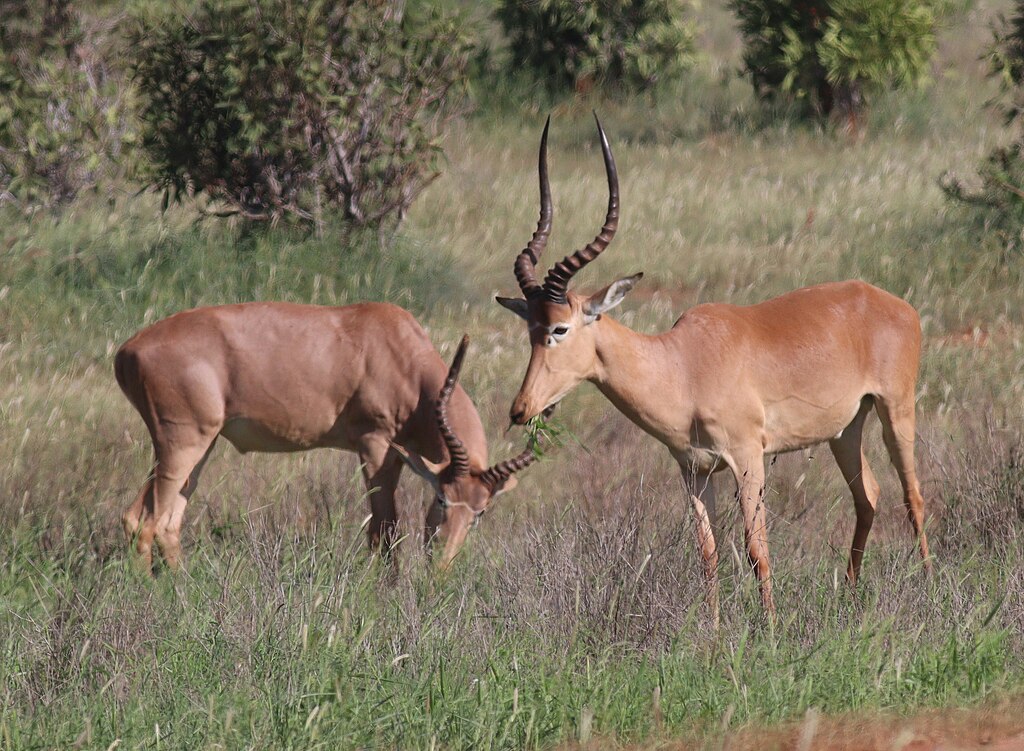
The Hirola, also known as the Hunter’s hartebeest, is one of the world’s rarest antelope species. Native to the border region of Kenya and Somalia, fewer than 500 individuals remain. Habitat loss, poaching, and disease have drastically reduced their population. Conservationists are working to protect their habitat and increase their numbers.
Madagascar Pochard (Aythya innotata)
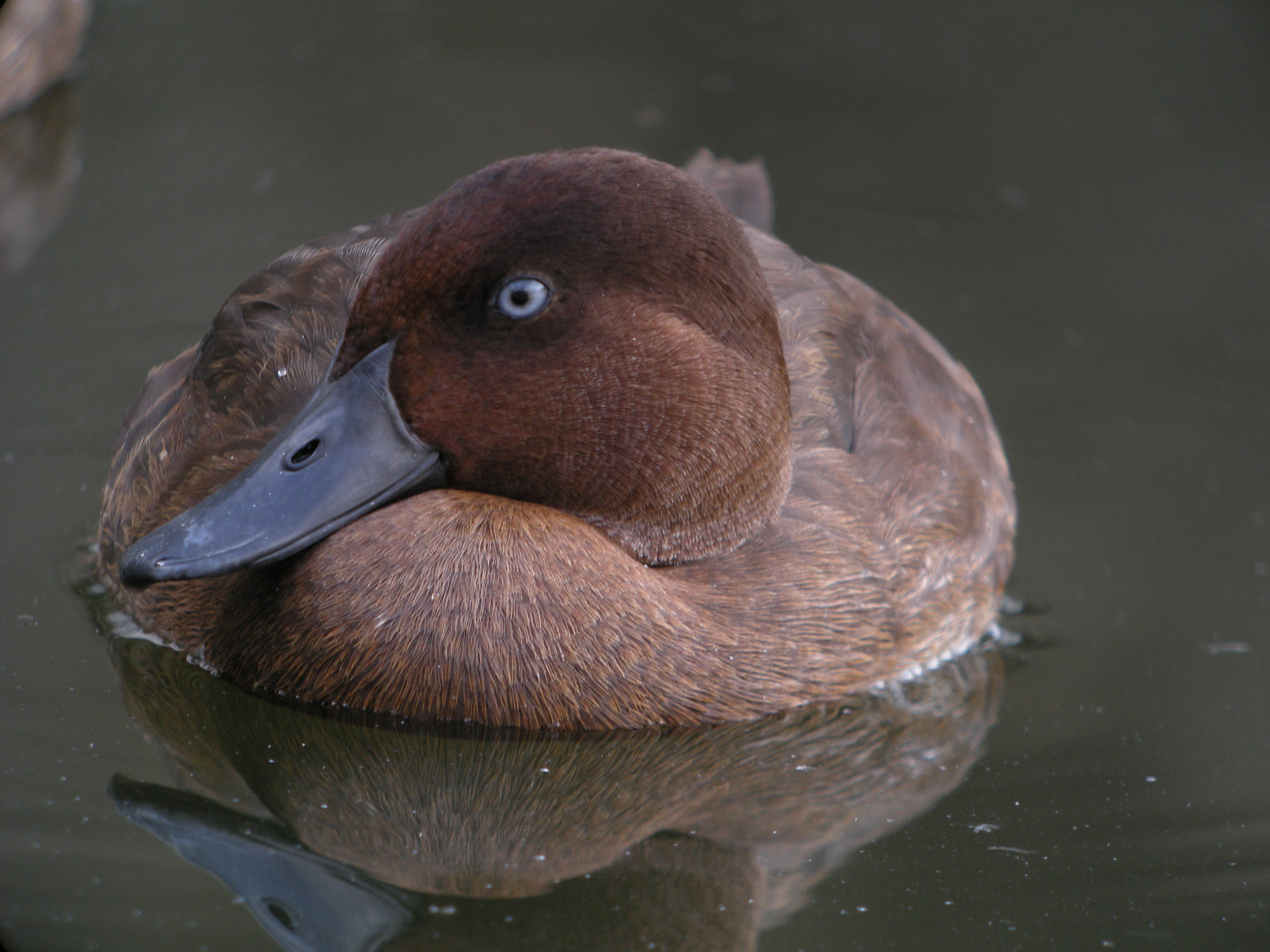
The Madagascar Pochard is the world’s rarest duck, with around 60 individuals in the wild. Rediscovered in 2006 after being thought extinct, they are now found in a few lakes in Madagascar. Habitat destruction and invasive species are major threats. Conservation programs are focused on habitat restoration and captive breeding.
Hawksbill Turtle (Eretmochelys imbricata)
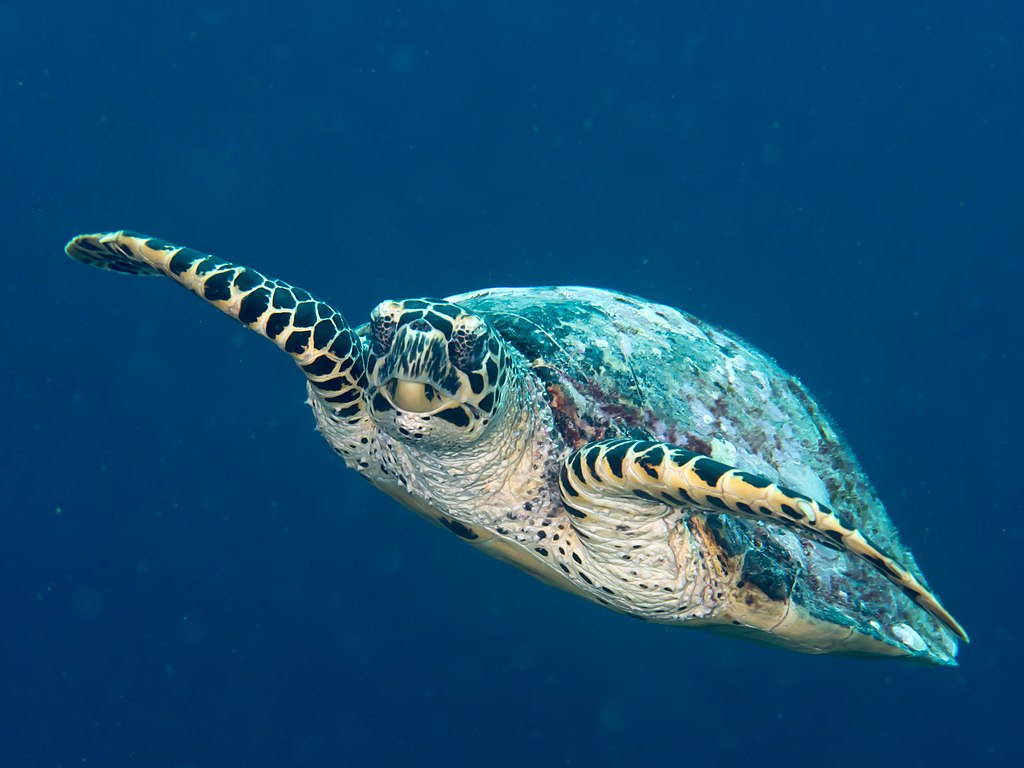
The Hawksbill Turtle is a critically endangered sea turtle found in tropical waters worldwide. Their population has declined due to poaching for their shells and loss of nesting sites. Estimates suggest around 15,000 nesting females remain. Conservation efforts include protecting nesting beaches and reducing bycatch.
Yangtze Finless Porpoise (Neophocaena asiaeorientalis asiaeorientalis)
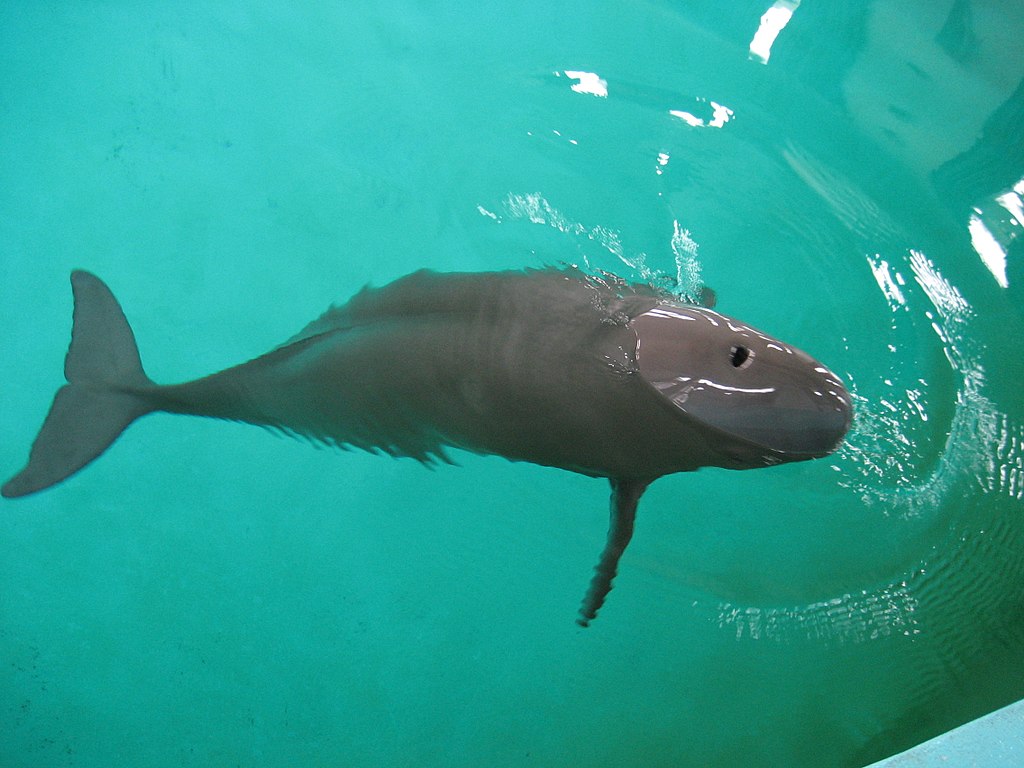
The Yangtze Finless Porpoise is critically endangered, with fewer than 1,000 individuals left in the wild. Native to the Yangtze River in China, habitat degradation and pollution are major threats. Conservation efforts include habitat protection and captive breeding programs. They are known for their playful behavior and intelligence.
Red-Crowned Roofed Turtle (Batagur kachuga)
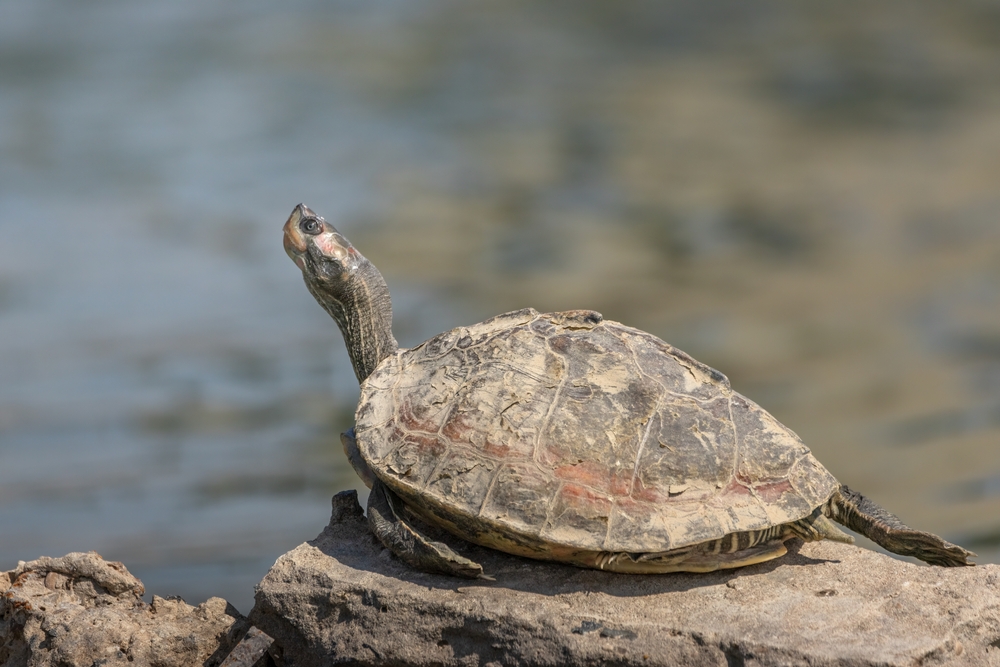
The Red-Crowned Roofed Turtle is critically endangered, with fewer than 400 individuals remaining. They are found in the rivers of northern India and Bangladesh. Habitat destruction and illegal fishing are primary threats. Conservation programs focus on habitat restoration and captive breeding.
Sri Lankan Leopard (Panthera pardus kotiya)
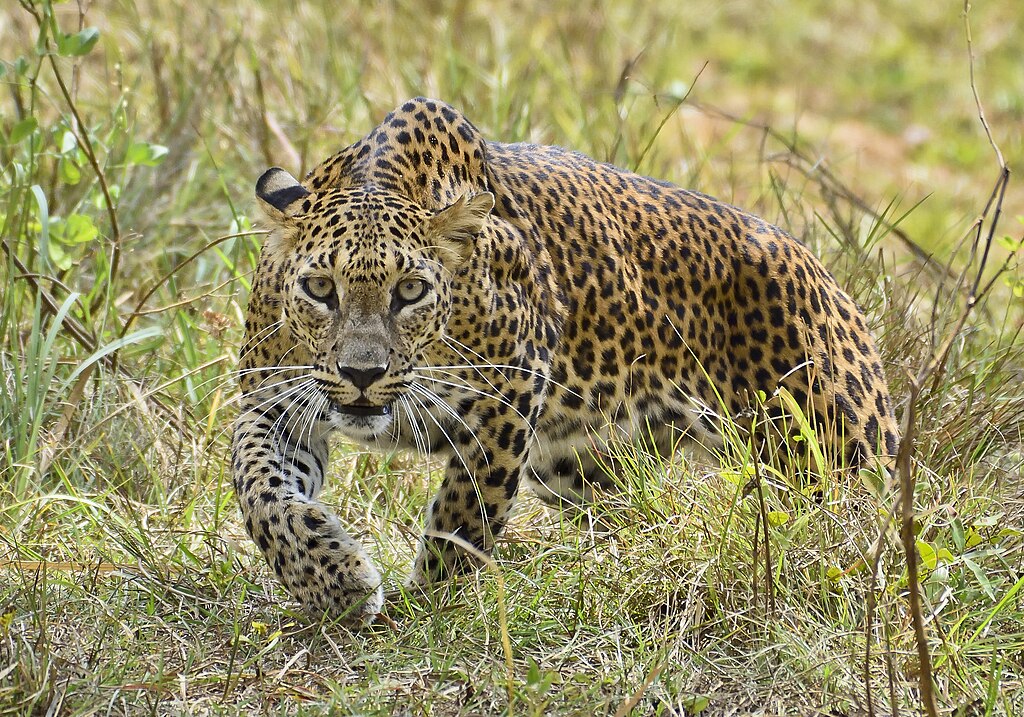
The Sri Lankan Leopard is a rare subspecies of leopard found only in Sri Lanka. With fewer than 1,000 individuals, they are critically endangered. Habitat loss and human-wildlife conflict are major threats. Conservation efforts aim to protect their habitat and reduce poaching.
Addax (Addax nasomaculatus)
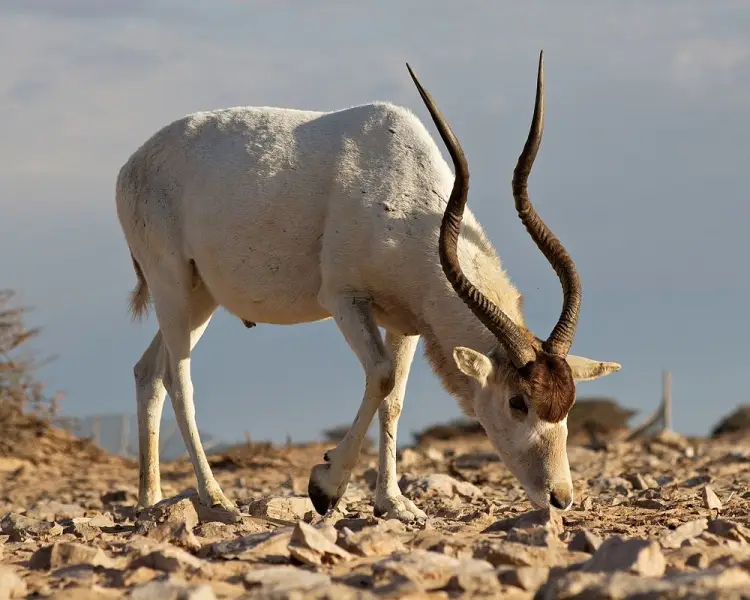
The Addax, also known as the white antelope, is critically endangered with fewer than 100 individuals in the wild. Native to the Sahara Desert, habitat loss and hunting have severely impacted their population. Conservation efforts focus on habitat protection and captive breeding programs. The Addax is well-adapted to desert life, making it a unique and resilient species.
This article originally appeared on UnifyCosmos.
More from UnifyCosmos
20 Thought-Provoking Sci-Fi Novels You Can’t Miss

From dystopian futures to alternate dimensions, these stories are crafted to stay with you long after you’ve turned the final page. Read more!
21 Effective Strategies for Achieving Work-Life Balance

This article will explore smart and practical tips to help you find and sustain a better work-life balance, ensuring you thrive in all aspects of your life. Read more!
23 Must-Try Regional Pizzas from Across the Country

Join us as we explore some of the most famous regional pizzas you need to taste, each offering a mouthwatering experience that reflects the local culture and culinary traditions. Read more!
Leave a Reply